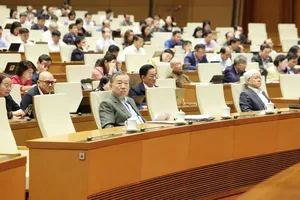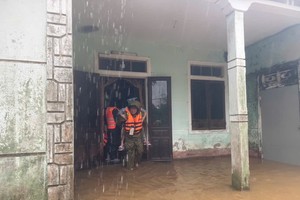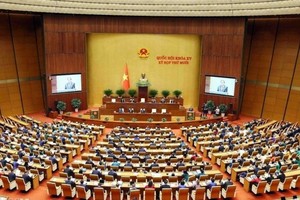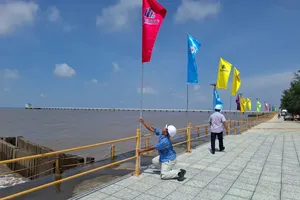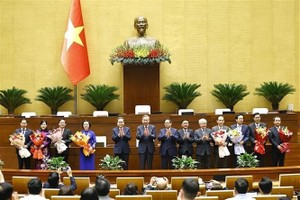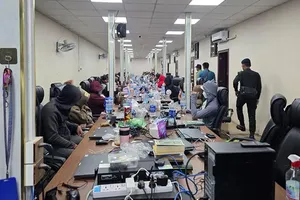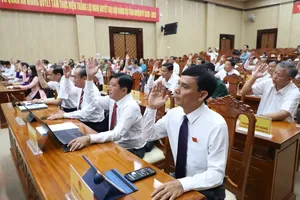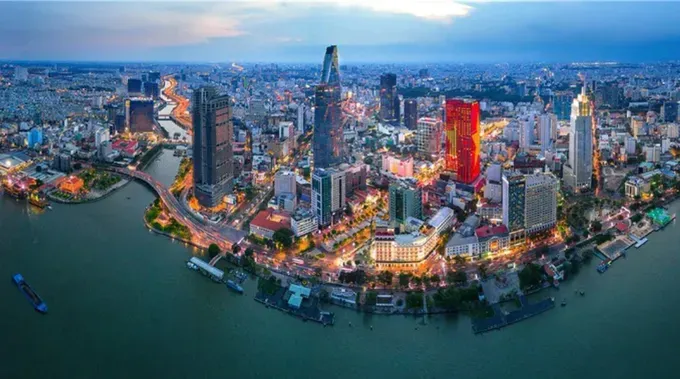
This move aims to concretize the strategic and breakthrough objectives of the Party Congress resolutions of the two localities, both of which prioritize infrastructure development and intra- and inter-regional transport connectivity, specifically in the new Southeast region.
From being a growth hub and a major driver of national shifts, after July 1, 2025, the remaining three provinces and cities in the Southeast, Ho Chi Minh City, Dong Nai, and Tay Ninh, will continue to form a development triangle, with their potentials and strengths further amplified.
However, three major challenges remain in the region following the recent administrative reorganization, becoming even more apparent in the cooperation between Ho Chi Minh City and Dong Nai. Despite significant potential, current mechanisms and policies remain limited. Strategic infrastructure is insufficient to fully leverage opportunities and advantages. Development planning lacks coordination, leading to overlap and self-competition.
Consequently, authorities are urged to act swiftly, concentrating resources and efforts, and adopting the right and effective approaches to achieve tangible outcomes within the next five years.
The core and mutually reinforcing issue lies in promoting infrastructure and transport development as a means to gradually advance institutional reforms through pilot projects and selective initiatives aimed at achieving 'institutional progress.'
This approach can expand development space in both infrastructure and human resources, creating new momentum for sustainable growth. For example, within the road transport network connecting Ho Chi Minh City and Dong Nai, the two localities have agreed to replace the Cat Lai ferry with a bridge linking Nguyen Thi Dinh Street in Ho Chi Minh City to the Ben Luc–Long Thanh Expressway and to construct Dong Nai 2 Bridge connecting the city’s Ring Road 3 at the Go Cong–Dong Nai interchange.
To implement these projects, the BT (Build–Transfer) investment model is being chosen, mobilizing private resources to participate in key local and regional infrastructure projects, in line with the current national strategic direction.
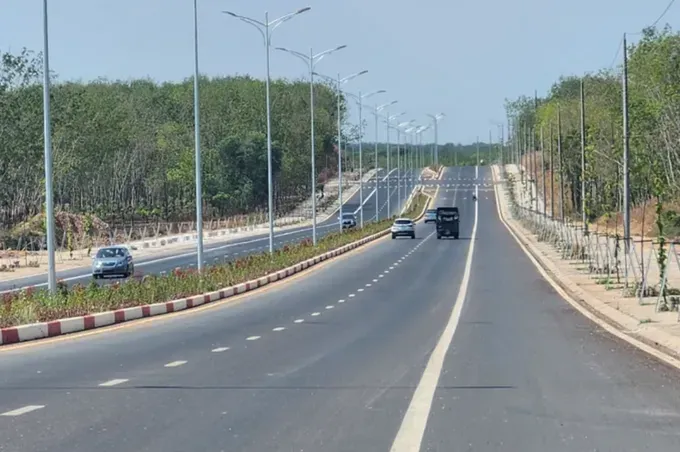
Meanwhile, projects with a direct impact on residents’ daily lives, typically smaller in scale and requiring urgent completion, are financed through public investment. For the development of the railway network, including Ho Chi Minh City’s resolution on urban rail development, investment methods are applied more flexibly.
Specifically, priority will be given to the public-private partnership (PPP) model for projects such as the extension of Ho Chi Minh City Metro Line 1 (Ben Thanh – Suoi Tien) into Dong Nai province, as well as the Thu Thiem – Long Thanh railway line, which investors have proposed for PPP investment. The choice of investment methods and operational models should be based on practical conditions, capacity, and sustainable efficiency to ensure long-term, tangible benefits.
This approach requires continuous monitoring, regular recommendations, and timely regulatory adjustments, along with institutional improvements, to allow for potential nationwide expansion or formal codification into law. It represents a fundamental solution to address three key challenges, particularly overlapping responsibilities and inefficiencies that weaken overall effectiveness and competitiveness.
Broadly speaking, this is not merely a matter of the relationship between institutional frameworks and the infrastructure or transportation sectors. It also serves as a guiding force for the formation and development of national hubs in finance, logistics, and ports, as well as models like Cai Mep Ha and Long Thanh Free Trade Zones, where both provinces hold significant advantages.
The objective of achieving double-digit growth is pursued through these key pillars of action, combined with the capacity to mobilize resources and the effective use of public and private investment. Of particular importance is leveraging private capital to ensure self-reliance and resilience in the development of the city and the nation.






